
This website uses cookies so that we can provide you with the best user experience possible. Cookie information is stored in your browser and performs functions such as recognising you when you return to our website and helping our team to understand which sections of the website you find most interesting and useful.
You can adjust all of your cookie settings by navigating the tabs on the left hand side.
Read more about our Privacy Police by clicking this link.


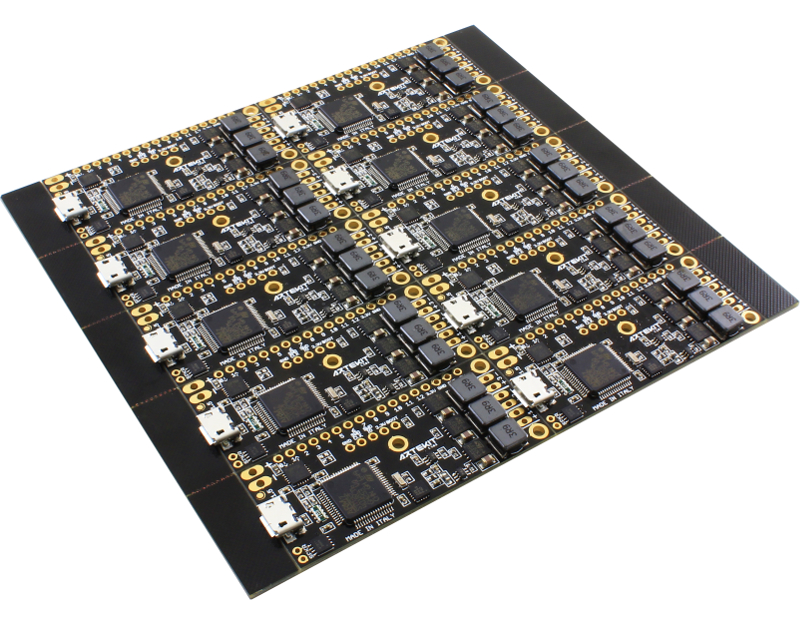
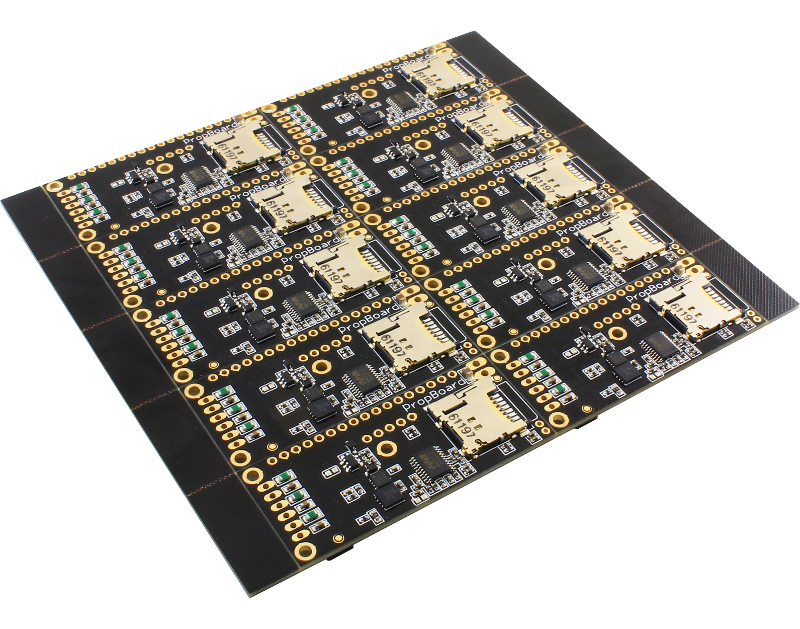
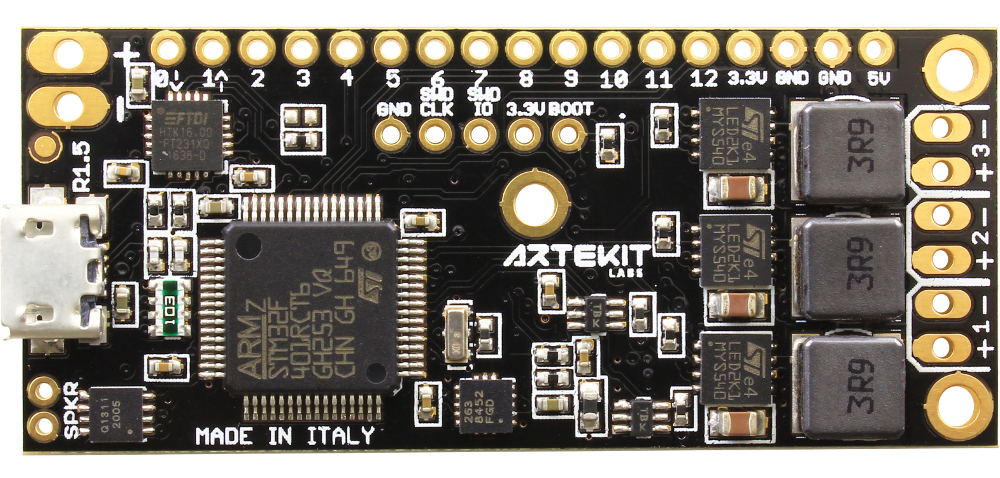
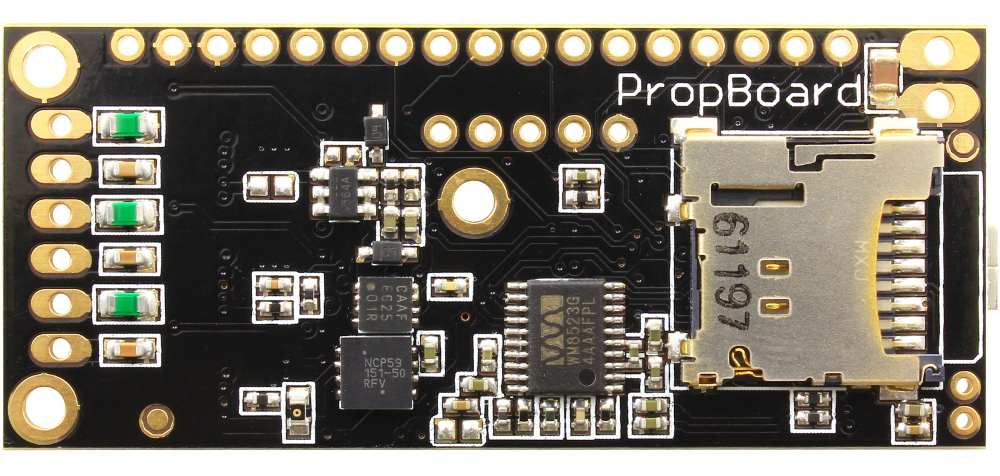



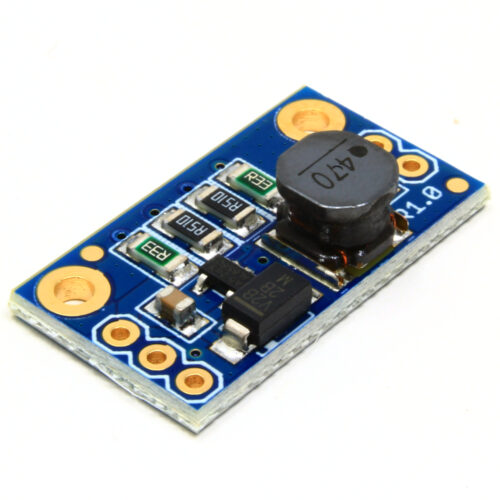
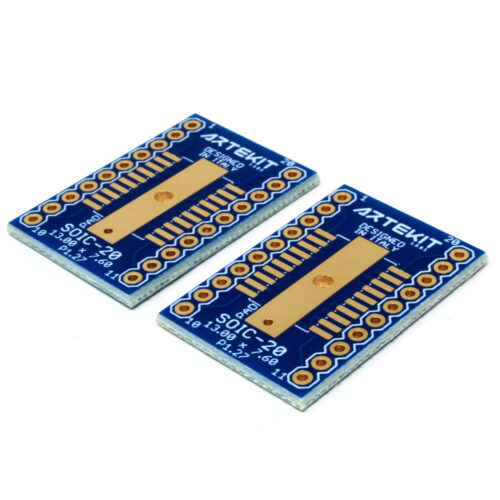
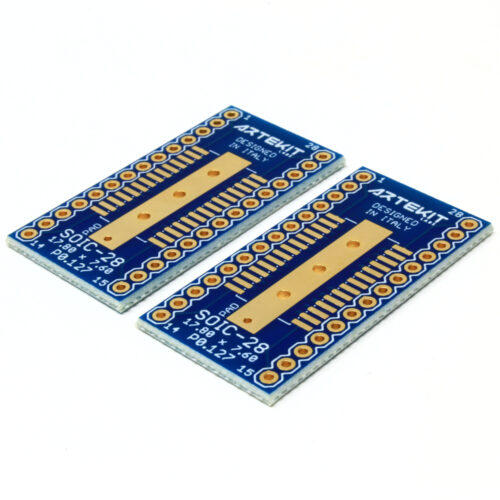
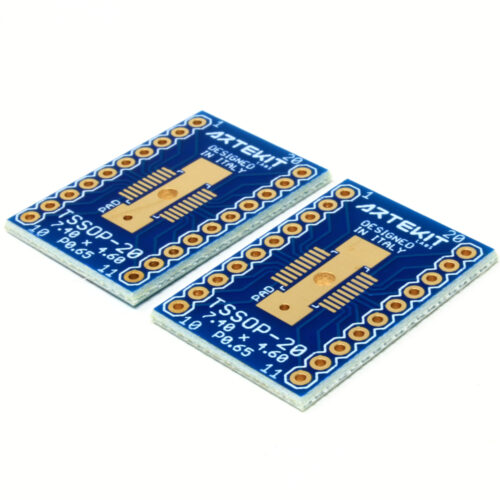
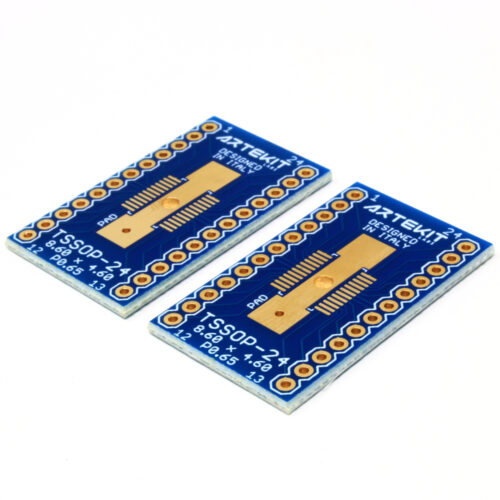

10 Responses
I would very much enjoy playing with a board or at least getting a look at the code base and schematics! I have been looking at the available lightsaber audio boards and I don’t know why they don’t take your same approach on using real LED drivers and instead use MOSFET’s that require the user to still use resistors.
I have a few questions. I’m only a hobby PCB designer so seeing why you picked some of the things you did will help me.
Is there a reason why you picked the 3-axis MMA8452Q other than the seemingly widely used 6-axis MPU6050? Usually the gyroscope is used to change the pitch of the hum.
Why not use an I2S mono amp instead of two separate ICs (MAX98357A, TFA9882)?
There is an increase in RGBW LED’s which have 4 separate LED connections. How did you decide to go with just 3 LED drivers. Though I bet the software could easily handle a 4th with an add on MOSFET or driver. Also the RGBW LEDs could be wired to control just 3.
Why not use an STM32 with a USB port to not require the FTDI chip?
Is there an on-board battery charger? I suppose not due to allowing single and dual cell battery packs.
What do you think of using an ESP32 chipset as that would open it up to bluetooth and wifi controls, configuration, SDcard access, and OTA programming? Though this would make it bigger and would take more power.
Hi Rodney,
Reasons:
MMA8452Q: known and cheap, used in the original project. And MPU6050 is NRND.
I2S: for this version we wanted to control master volume with I2C. The MAX98357A part is interesting and we may consider it for a future version.
Fourth LED output: the space on the board is limited. An RGB LED should be enough for most cases. If a 4th output is needed, a LED driver can be used externally, for example: https://www.artekit.eu/products/breakout-boards/ak-led-driver/
STM32 with USB: we considered it. But then we have to maintain drivers and put together SW able to reprogram the board, all this with support for many operating systems. FTDI works everywhere and AVRDUDE is already included in the Arduino IDE installation. And we also need an USB VID/PID, which we don’t have.
Battery charger: from USB? not easy with a +5V battery pack.
ESP32: never worked with them for a production product. ST’s micros are well documented and we already have code and experience for the tasks needed.
Regards.
Ivan.
Hi Ivan, nice work. I am interested for few board, doing birthday present fore may soon. When do you think the boards will be readiy fore shipping.
Thanks,
Primoz
Hi,
Sorry for the late answer. If everything goes OK, we should be shipping these boards from mid September.
These are really cool. I am currently using a Nano Biscotte v3 and v4, and I too scratch my head at some of the design choices, but it is currently the cheapest board that supports RGB and custom sound fonts. Are you still taking beta testers, and how much does one of these run?
Hi,
Beta test is ending as we are moving to produce the boards. We already gave most of the boards away. I didn’t understand your last question.
How much will these cost when they are released, I am doing a DIY lightsaber and I am looking for a good sound board for a reasonable price
Hi! €64.90 ex vat. Check the product page:
https://www.artekit.eu/products/devboards/propboard/
Could we have an update on the status of this board?
Hi!
The board is for sale since an hour ago: https://www.artekit.eu/products/devboards/propboard/
Official announcement probably on Monday/Tuesday.